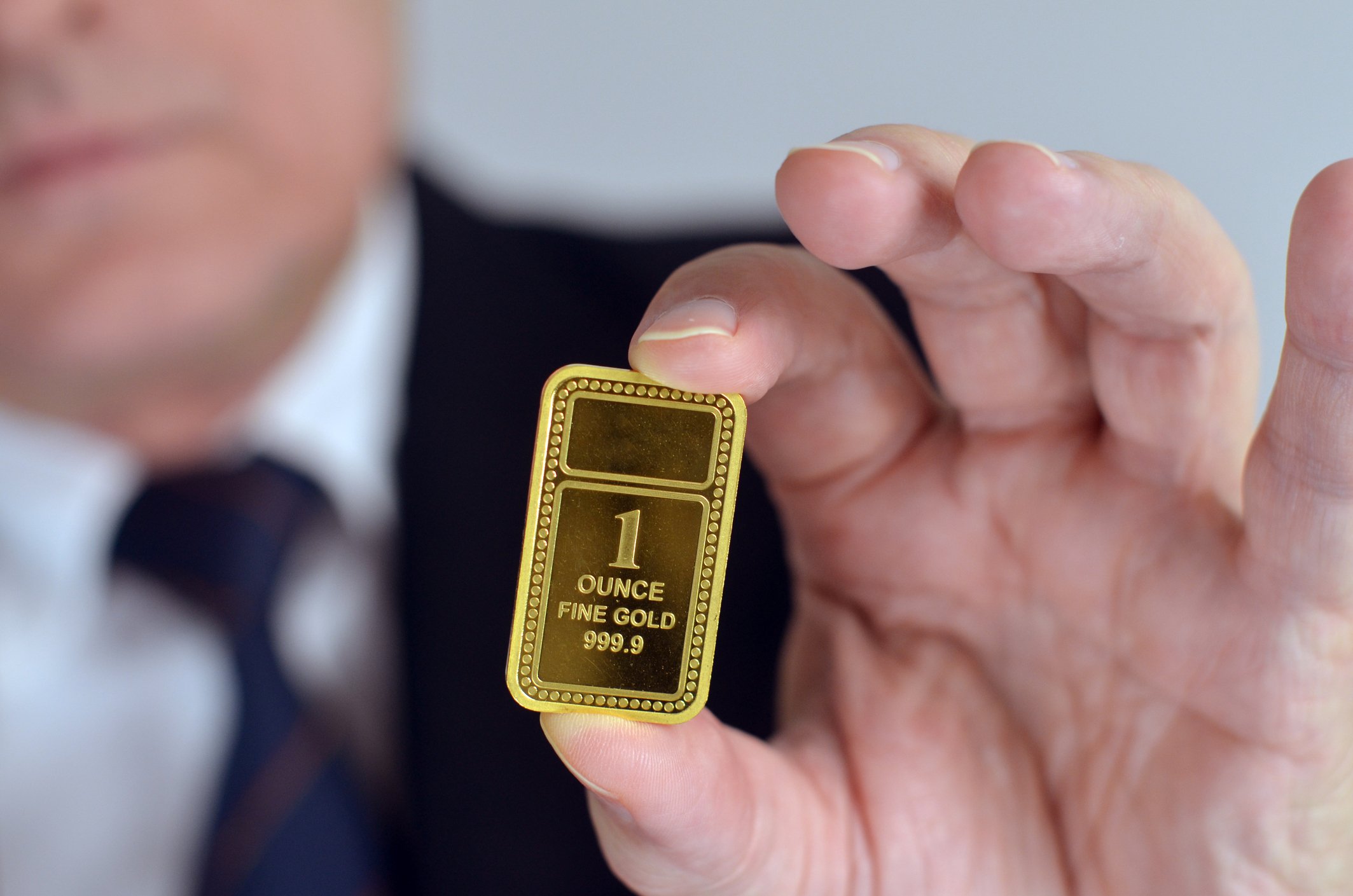If you are looking to invest in gold stocks, you should think beyond buying precious metals miners like Newmont Mining and Barrick Gold (ABX +0.60%). It's not that there's something wrong with them, per se, but there's a better option if you are seeking to gain exposure to the yellow metal. If you are eyeing a gold miner, step back and read about streaming and royalty companies Royal Gold, Inc (RGLD +0.56%), Franco-Nevada Corp (FNV +1.82%), and Wheaton Precious Metals Corp (NYSE: WPM) before you pull the trigger.
What is streaming?
Understanding what a miner does is pretty simple. Newmont and Barrick, essentially, find places where there's gold, build a mine, extract the gold, and then shut down the mine when all of the economic gold has been removed. This is an expensive, time-consuming, and sometimes dangerous process.

Image source: Getty Images.
Streaming companies like Royal Gold, Franco-Nevada, and Wheaton provide cash to miners so they can build new mines, expand old ones, or just shore up their balance sheets. In exchange for this up-front cash, the streaming companies get the right to buy gold and other precious and semi-precious metals at reduced rates in the future.
An example helps explain what's going on. In 2015 Royal Gold paid Barrick Gold $610 million to acquire gold and silver streams at Barrick's Pueblo Viejo Mine. In exchange for the cash, Royal Gold will get to buy gold and silver from this mine for 30% of spot prices until certain production targets are met and 60% thereafter. Note that Royal Gold will always make money on these precious metals purchases, virtually ensuring it has wide margins.
A better model
That's the key to the streaming model and why you should strongly consider buying a streaming company like Royal Gold if you are looking at miners like Barrick and Newmont. One simple graph is all it takes to show just how powerful Royal Gold's contractually locked-in margins are. Notice below how Royal Gold's EBITDA margins remained solidly in the black over the last decade while Barrick's fell into the red twice. This period included a deep commodity downturn between 2011 and the start of 2016.
ABX EBITDA Margin (TTM) data by YCharts.
One of the key differences is that miners like Barrick have to adjust their cost structures to deal with falling commodity prices, a process that can take time. The costs Royal Gold, Franco-Nevada, and Wheaton face are all contractually locked in, known in advance, and provide for generally wide margins. That sounds like a better business model in my book.
There's one more key thing to note about the streaming model: diversification. It's probably best to think about streamers as specialty finance companies with investment portfolios. The investments are just in gold and silver mines. Most miners have just a small handful of operating assets because it is so costly to build and operate a mine. Streaming companies, which are only putting up cash, can have truly massive portfolios.

The basics of the streaming model. Image source: Wheaton Precious Metals.
Of this streaming trio, Wheaton is the least diversified. It tends to invest in a smaller number of larger projects. Currently it has 20 operating mines and nine development projects. Franco-Nevada and Royal Gold invest more in smaller and, often, more speculative projects. Royal Gold's portfolio includes 195 properties, around 40 of which are producing. Franco-Nevada is the streaming king, with 340 investments, 47 of which are producing gold and silver mines. (Franco-Nevada also invests in oil properties, adding another layer of diversification.)
Don't buy the mine, buy the stream
There's nothing wrong with gold miners like Barrick and Newmont, but there's a better way to invest in the space: streaming companies like Royal Gold, Franco-Nevada, and Wheaton Precious Metals. While they can't avoid the top- and bottom-line impact of low gold and silver prices, their diversified portfolios and contractually locked-in wide margins help soften the blow. And that should make owning them a lot easier through the entire commodity cycle, so you can benefit from the diversification precious metals offer to your portfolio.









